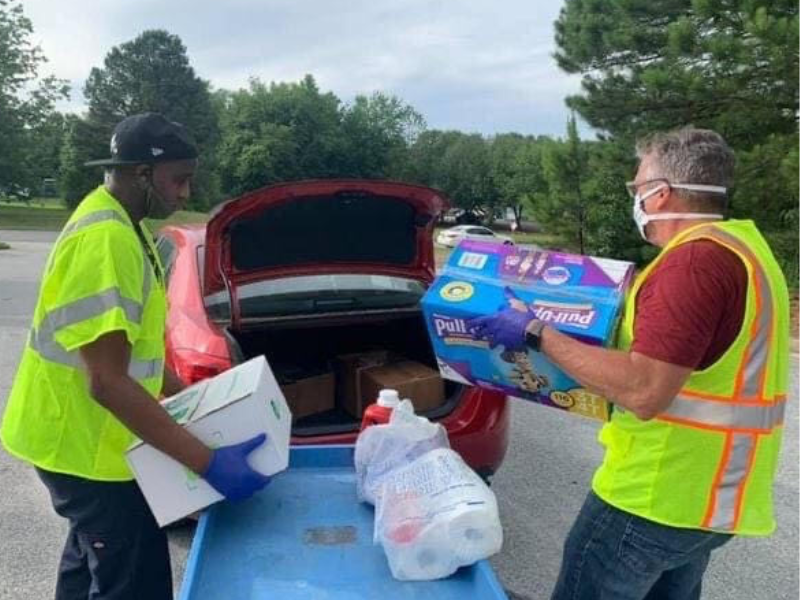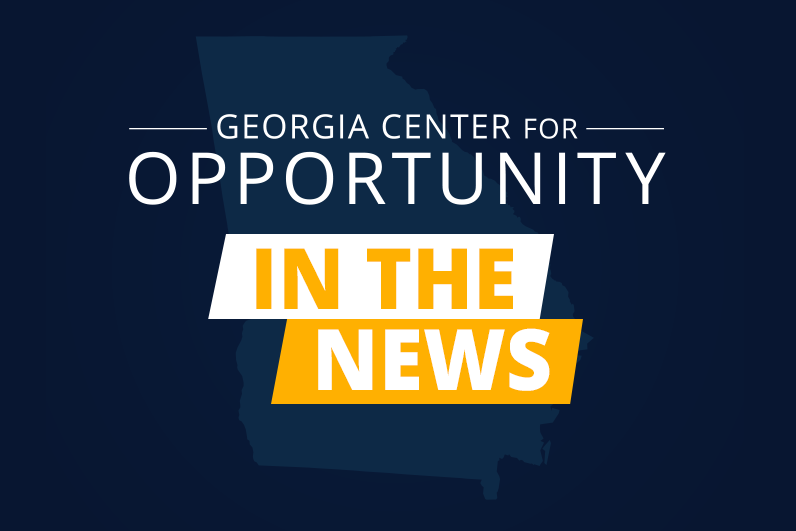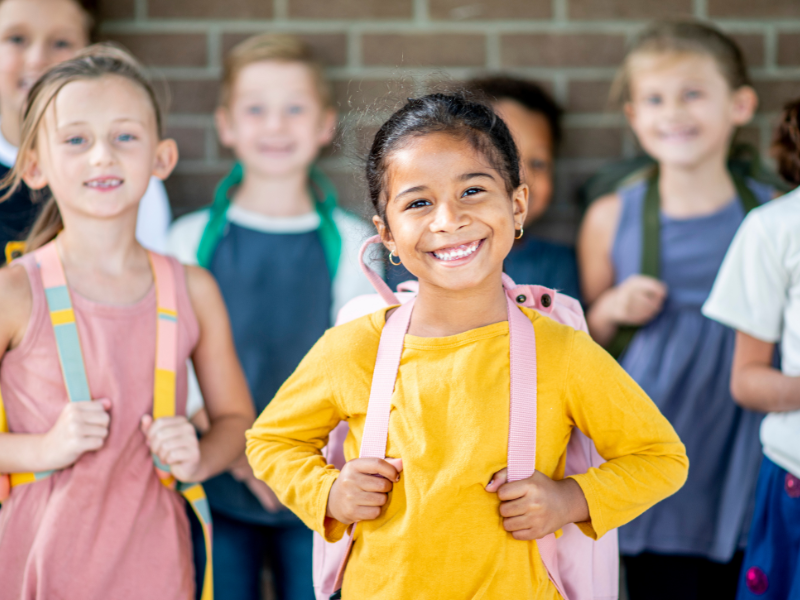
Southeast Gwinnett Co-Op: serving and enriching families in need

Southeast Gwinnett Co-Op: serving and enriching families in need
Key Points
- The Georgia Center for Opportunity has partnered with the co-op to offer Elevate, our relationship enrichment class, to the families it supports.
- Depending on a family’s needs, Southeast Gwinnett Co-Op can provide up to 75% of the groceries they need in any given month, on a monthly basis and help with utility bills.
- Prior to the pandemic, the co-op received an average of 6,000 assistance requests per year. Today that number has more than doubled.
The Southeast Gwinnett Cooperative Ministry provides food and financial assistance to the Grayson, Snellville, and Loganville communities, and is one of six cooperative ministries throughout Gwinnett County that share this mission. The Georgia Center for Opportunity has partnered with the co-op to offer Elevate, our relationship enrichment class, to the families it supports. In-person classes are currently in the planning stage.
Southeast Gwinnett Co-Op aims to “honor and uphold the Lordship of Jesus Christ by reaching out, in His name, to our neighbors in need. To the end that our clients will find encouragement, love, and hope and that the Kingdom of God will be manifest on Earth.”
“We accomplish this by satisfying two hungers: the stomach and the heart,” says Laura Drake, director at Southeast Gwinnett Co-Op. “We understand that not only what we do, but how we do it accomplishes much more than we can ever imagine.”
According to Laura, the why behind the co-op’s mission is simple: “Because God says everyone is important and we get to believe Him.” They put their mission into action by creating an authentic, supportive community that values every individual it serves.
“I believe that we are here to be gap fillers,” Laura says. “There are many people who have so much need in a month, but they have only so many resources, so there’s a gap.”
Depending on a family’s needs, Southeast Gwinnett Co-Op can provide up to 75% of the groceries they need in any given month, on a monthly basis. They also assist with utility bills, up to $300 total in a 12-month period.
The co-op has a strong relationship with the Atlanta Community Food Bank, in addition to the support it receives from the community. Families who receive assistance have access to fresh vegetables, dairy products, meats, and a host of other nutrient-rich foods. For those who receive food stamps, the co-op provides non-food necessities such as laundry detergent, feminine products, and diapers–all items that can’t be purchased with food stamps, but can still be costly for families in need.
Rebirth in the time of COVID
According to Laura, Southeast Gwinnett Co-Op recreated itself during the COVID-19 pandemic. Initially, it served families once a month. Now, they’ve built the resources to offer bi-weekly assistance. This has alleviated stress for many families impacted by the pandemic and its economic impacts, including job losses, business closures, and inflation.
Prior to the pandemic, the co-op received an average of 6,000 assistance requests per year. But when COVID hit, their requests skyrocketed, more than doubling to 15,000. With the help of the Gwinnett County government, the USDA, the National Guard, and the community’s generosity, the co-op was overwhelmed with support so they could continue to provide assistance even in the face of rapidly growing demands. In both 2020 and 2021, the co-op gave over one million pounds of food per year.
Even though demand isn’t quite where it was at the height of COVID, Laura says it’s beginning to rise again due to inflation and the current costs of gas and necessities.

“I believe that we are here to be gap fillers. There are many people who have so much need in a month, but they have only so many resources, so there’s a gap.”
Laura Drake, director at Southeast Gwinnett Co-Op.
“I believe that we are here to be gap fillers. There are many people who have so much need in a month, but they have only so many resources, so there’s a gap.”
Laura Drake, director at Southeast Gwinnett Co-Op.
GCO partnership: Looking toward the future
In addition to food and financial assistance, Southeast Gwinnett Co-Op plans to offer families access to GCO resources that help them strengthen their families and relationships. This approach will take the ministry toward a more holistic program. The team here at GCO is currently working to nurture our relationship with the co-op until they return to their building this fall.
Laura says she’s thrilled to expand the co-op’s offerings to further assist the community.
“We’ve spent years developing that relationship [with the community],” she says. “Now, we want to offer that foundation to organizations such as GCO and others in the community that have something to offer the people we serve in a space that is comfortable for them.”





